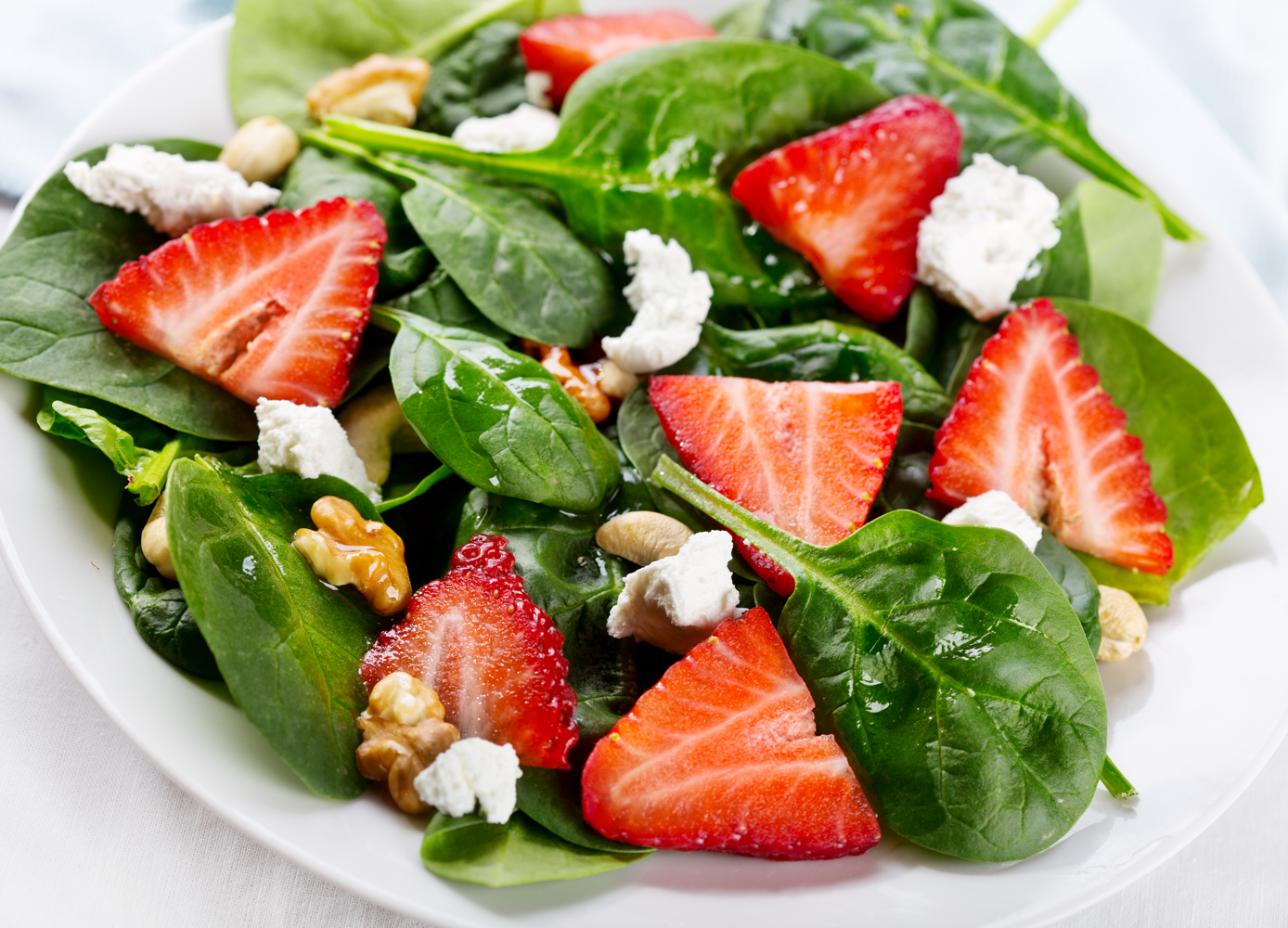By Wendy Haaf
We recently introduced a new feature in Good Times magazine: Your Health Questions, in which we answer questions submitted by our readers about health, nutrition, and well-being. Here’s the first one:
Q – We hear a lot about so-called superfoods; are superfoods really super?
A – “I have a lot of issues with the word superfood,” says Kim Arrey, a Montreal dietitian and author of The Complete Arthritis Health Diet Guide and Cookbook (Robert Rose, 2012).
For one thing, it’s a marketing term companies sometimes use to make products seem healthier than they really are. “Sometimes, it’s used as a health halo,” Arrey says. For example, while quinoa in place of white rice is a nutritional upgrade, a highly processed quinoa cracker containing hefty doses of saturated fat or salt and scant fibre may have a much worse nutritional profile than other whole grain crackers.
Whole or minimally processed foods—think canned legumes or tomatoes and frozen berries—are the best options, Arrey says. You can use the nutrition-facts panel and ingredients list to choose between two similar packaged products.
That health halo can also drive up demand and, consequently, prices.
“If you’ve got more people eating kale, that’s not a bad thing; it’s a very healthy green,” Arrey acknowledges. But if kale’s so-called superfood status causes the cost to skyrocket and you’re on a limited budget, your dollar is probably better spent on its relatives, so you can afford to pile more produce in your cart. “Spinach has almost the same nutrients,” Arrey points out, as do many other leafy greens.
Another thing to keep in mind: “We don’t do nutrition research necessarily in a really systematic way, in the sense that we started at the A’s and are working our way to the Z’s,” Arrey says. That means we may know more about foods that have growers’ groups or marketing boards wealthy enough to invest in research than we do about similar foods that are likely nutritional superstars of equal calibre.
“For a long time, we thought colourful fruits and vegetables were the ones we should be eating,” notes Rosie Schwartz, a Toronto registered dietitian and author of The Enlightened Eater’s Whole Foods Guide (Viking Canada, 2003), “when in fact foods like button mushrooms and garlic and onions are loaded with different anticancer compounds. If there was enough research on each one, we would find that all plant foods are superfoods.”
“There are top-notch foods that we need to include in our menus, but healthy eating is about super dietary patterns, not superfoods,” Schwartz stresses. “It’s the whole picture, with the pattern being based on a variety of fruits, vegetables, whole grains, nuts, and seeds, healthy oils, and some lower-fat animal products, including fish, prepared in a variety of ways.
“Adding something like pomegranate to an eating pattern that’s loaded with sodium and unhealthy fats and lacking fibre and other nutrients is not going to do anything for you. One food does not make or break a healthy or an unhealthy diet.”
WRITE TO: Your Health Questions at goodtimes@bayardcanada.com or Good Times, 4475 Frontenac, Montreal, QC, H2H 2S2.
Photo: iStock/marilyna.






